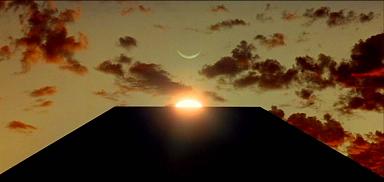> V24 := VectorSpace(FiniteField(2), 24);
> G := sub< V24 |
> [0,0,0,0,0,0,0,0,0,0,0,0,0,0,0,0,1,1,1,1,1,1,1,1],
> [0,0,0,0,0,0,0,0,0,0,0,0,1,1,1,1,0,0,0,0,1,1,1,1],
> [0,0,0,0,0,0,0,0,0,0,1,1,0,0,1,1,0,0,1,1,0,0,1,1],
> [0,0,0,0,0,0,0,0,0,1,0,1,0,1,0,1,0,1,0,1,0,1,0,1],
> [0,0,0,0,0,0,0,0,1,0,0,1,0,1,1,0,0,1,1,0,1,0,0,1],
> [0,0,0,0,0,0,1,1,0,0,0,0,0,0,1,1,0,1,0,1,0,1,1,0],
> [0,0,0,0,0,1,0,1,0,0,0,0,0,1,0,1,0,1,1,0,0,0,1,1],
> [0,0,0,0,1,0,0,1,0,0,0,0,0,1,1,0,0,0,1,1,1,0,1,0],
> [0,0,0,1,0,0,0,1,0,0,0,1,0,0,0,1,0,1,1,1,1,0,0,0],
> [0,0,1,0,0,0,0,1,0,0,0,1,0,0,1,0,0,0,0,1,1,1,0,1],
> [0,1,0,0,0,0,0,1,0,0,0,1,0,1,0,0,0,1,0,0,1,1,1,0],
> [1,0,0,0,0,0,0,1,0,0,0,1,0,1,1,1,0,0,1,0,0,1,0,0]>;
> Dimension(G);
12
|



























